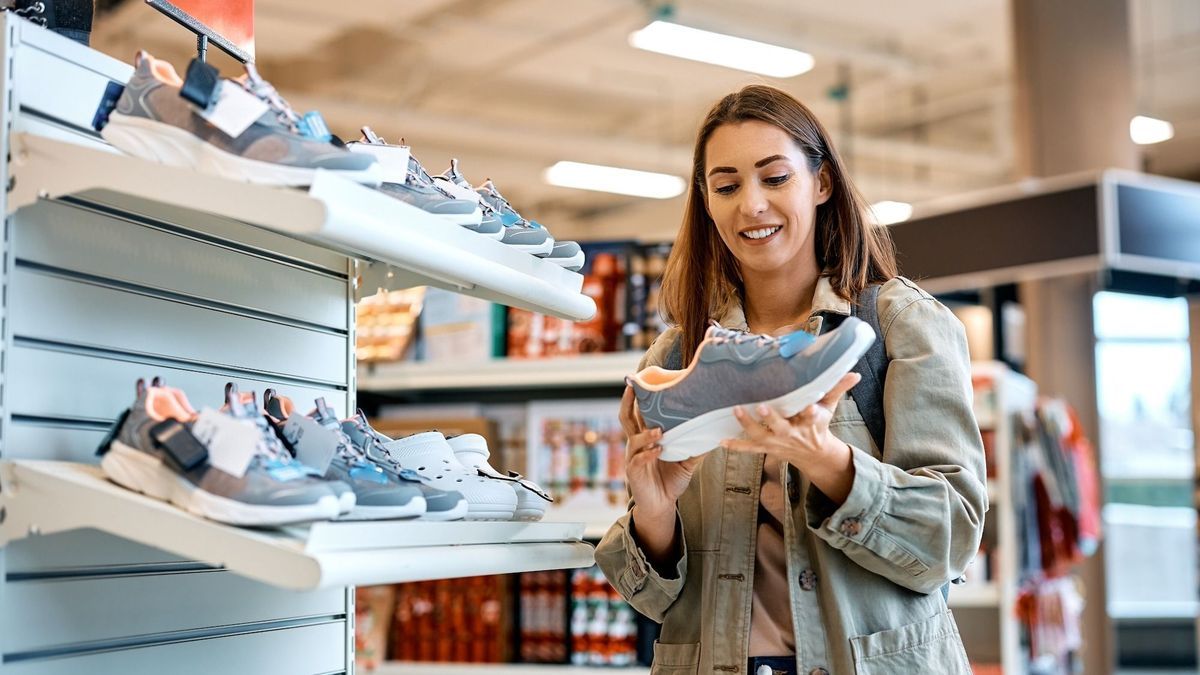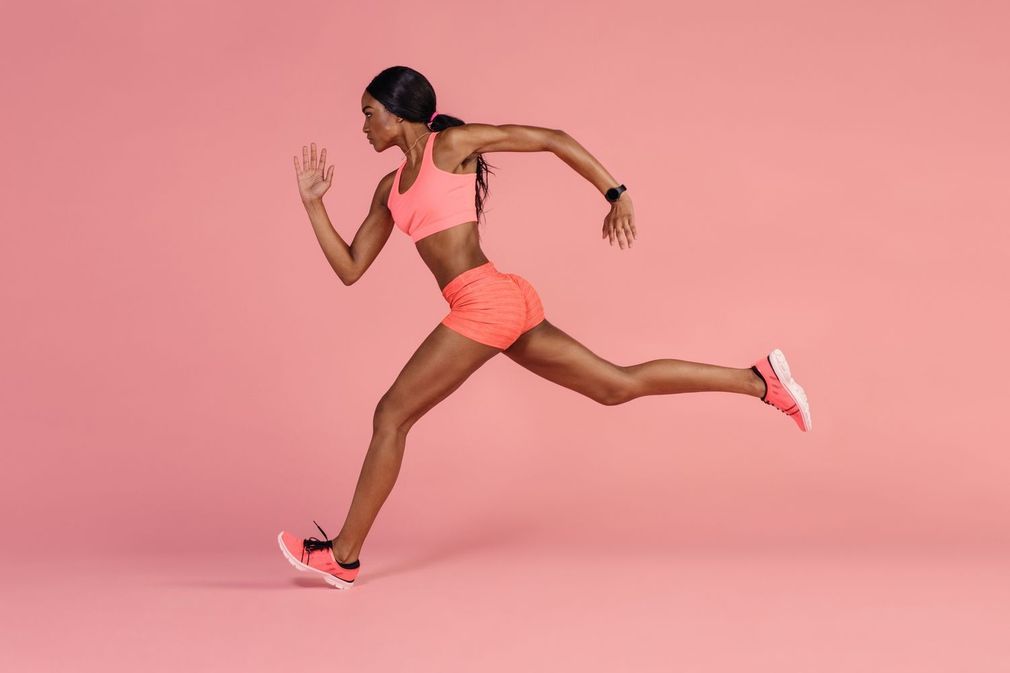
As the sunny days approach, do you want to start running? For this, one thing should not be neglected: your sports shoes! So as not to choose them at random, our experts provide you with a complete guide to help you find the ones that suit you!
When you start racing, it is sometimes complicated to choose your equipment correctly. However, an unsuitable or poor quality pair of shoes can be, on the one hand, very uncomfortable, and on the other hand lead to injuries. So, to avoid multiplying blisters or suffering a possible fatigue fracture and express your full potential, we have mobilized a team of experts: Rémy Litzler, product training manager at ASICS and Timothée Rainteau, podiatrist and expert within the start-up Finishers. Discover our complete guide to finding the right shoe for you!
Setting goals and a racing environment
First step: Set a running frequency!
To start, you need to set goals. How many times a week do you want to run? How many kilometers do you want to travel? By answering these questions, you will have an idea of your running duration and therefore the duration during which your body will have to withstand the shocks. This way, you will be able to assess the stability and cushioning that your shoes should have. The more you plan to run, the more stable they will need to be!
Step Two: Determine the terrain you want to run on
Look around your home, are there small sandy paths, or rather tarmac paths? Taking into account the type of terrain on which you will practice is essential. The sandier the trail (as is the case in the forest), the more cramped your outsole will need to be to better adhere to the ground.
Do you want to run on several types of terrain? “Choose trail shoes” advises podiatrist Timothée Rainteau, “because they have the advantage of being more secure in terms of grip”. Please note, however, that they may wear out more quickly.
Take your profile into account
Step Three: Analyze your stride
The stride is an element specific to each person, there are 3 types: universal (neutral), pronator (the most common, when the weight of the body goes on the inside of the foot) and supinator (the least common, when the weight is 'crushed on the outside of the foot). If it is important to know yours, it is because“she must determine the thickness of your soles” explains the podiatrist. Thus, Rémy Litzler specifies that for a universal stride, “it is better to opt for a shoe with a similar density distributed throughout the shoe”.
A shoe intended for a pronator movement must be “more reinforced in its internal part”. If you can't characterize your stride, focus on your sensations, or ask someone to film you and observe your movement!
Generally speaking, the podiatrist recommends for beginners “shoes with a high drop, that is to say a significant difference in thickness between the back and the front of the shoe”. The seller from ASICS specifies: “When in doubt, always choose the shoe that gives you the most stability car cThis will keep you away from potential injuries.
Step Four: Consider your weight
Another factor to take into account is your weight, because as the coach points out, “a high weight will multiply the shock at ground level (…) The heavier you are, the more cushioning and stability your shoes will need to have”, adds the podiatrist.
Step Five: Choose the Right Size
In general, podiatrist Timothée Rainteau recommends choosing “one size larger than the basic size”. According to Rémy Litzler from ASICS, this corresponds to “an inch or even an inch and a half between the tip of the shoe and the top of the big toe”. The reason ? The foot tends to swell during exercise!
Rémy Litzler recommends “always try on shoes before buying them and don’t necessarily rely on the usual sizes”. In this regard he explains that “Japanese or Chinese sizes, expressing the size in centimeters or millimeters, are a way to have a very precise idea”.
Good in his body, good in his head!
Remember to change them from time to time
How long should you keep your shoes on?
“It depends on the brand”, confides the salesman from ASICS. Each pair is tested over a number of kilometers during which the shoe resists, provided that it is correctly adapted to its runner. According to Rémy Litzler, you can easily recognize worn shoes: “the sole becomes more and more smooth, the foams sag and abnormal pain appears”. Using applications like Strava can help you have a precise idea of the number of kilometers you have covered in your shoes, and therefore know when to change them!
It all depends on the price you invest
According to the two experts, it costs around €120 minimum to have a pair of quality shoes. Below, the seller maintains that we “remain on very occasional practice”. According to him, “Running shoes should be seen as an investment, so don't hesitate to pay the price at the risk of seeing them wear out very quickly”.
On the other hand, he recalls that “it’s not because we have a €300 shoe that it is suitable for our practice”. So, if you are a beginner, there is no need to put all your savings into your shoes. The podiatrist advises instead to go “in stores specializing in running to benefit from specialist advice and to have a greater variety in the choice of brands”.

